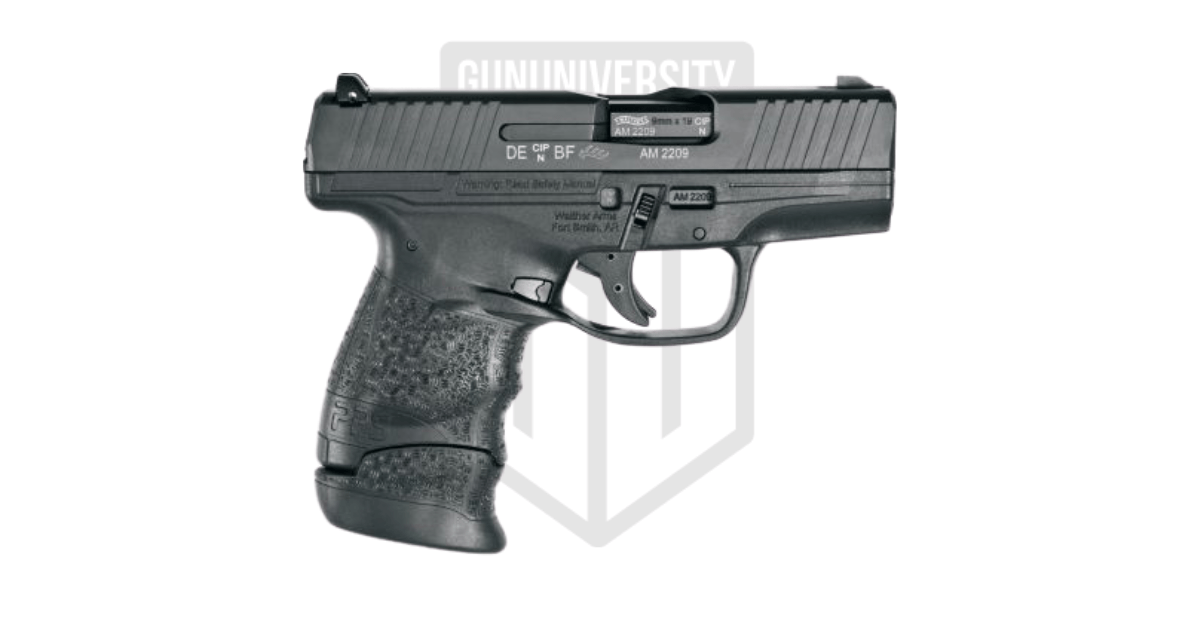Gauge vs Caliber: What’s the difference?
The difference between gauge and caliber is an interesting fact about guns (well, at least to us it is).
Here’s a hint: it has nothing to do with the type of ammunition – e.g. shotguns can be in a gauge or caliber.
Gauge and caliber are two different ways to measure a firearm’s bore (inner barrel dimension) diameter.
What is the difference between gauge and caliber?
Gauge is a number determined by how many objects of a certain diameter it would take to weigh a certain amount and caliber is the nominal bullet diameter in inches or millimeters.
Huh? Let’s explain this a bit more…
What is gauge?
Gauge is a number representation of the diameter of something wherein the larger the number, the smaller the diameter.
For example, a 20 gauge shotgun shell is smaller than a 12 gauge. Also, 16 gauge electrical wire is narrower (smaller) than 10 gauge wire. In both examples the gauge number is bigger but the item is actually smaller.
Why is this?
Well, for shotguns (you’re at GunUniversity after all), the gauge is the number of lead balls of a particular diameter it would take to equal a pound. If you made lead balls the diameter of a 20 gauge shotgun bore, it would take 20 of them to equal a pound whereas it would only take 12 lead balls the diameter of a 12 gauge shotgun.
The larger bore/shell/balls have a smaller number because it takes fewer of the larger balls to equal a pound. Make sense? Great. Now, you may be thinking, what about a 410 gauge shotgun? Well, there’s technically no such thing as a 410 gauge shotgun. Instead, it’s a .410 caliber shotgun.
Why? Well, let’s learn about caliber…
What is a caliber?
A firearm’s caliber is its nominal bore diameter measured in inches or millimeters.
Therefore, a 9mm Luger bullet and inner barrel are about 9mm in diameter. We use the term “about” because there’s some fudge-factor involved in these numbers…sometimes for marketing purposes.
For example, 7.62 NATO/.308 Win bullets are 0.308 inches in diameter whereas a 7.62x39mm cartridge’s bullet is 0.311 inches in diameter. FYI, the second number in 7.62x39mm refers to the cartridge’s overall length (39mm). Also, 38 Special and 357 Magnum shoot the same bullets.
Now, back to 410 caliber shotguns. The 410 shotgun shoots a shell that is about 0.410 inches in diameter. That’s why it’s a caliber and NOT a gauge.
We hope that you learned something! If you did, please share this or our other articles to help build our community! Also, join our mailing list for updates.
Caliber vs. Gauge FAQ
No, caliber and gauge are two different systems of measurement. However, both caliber and gauge refer to the diameter of a projectile being fired from a gun.
A 20 gauge shotgun is smaller than a 12 gauge shotgun.
410 is a caliber (even though it is a shotgun shell).
Caliber is the nominal diameter of a bullet in inches or millimeters whereas gauge represents the number of items of that diameter it would take to equal a certain weight.
No, a bigger caliber is not always more powerful. A bigger caliber only means a wider diameter of bullet. For example, a 45 AUTO is not as powerful as a 44 Magnum.
Recent Posts
December 20, 2025
December 15, 2025
December 15, 2025
December 12, 2025





To round out the caliber/gauge definitions, I suggest starting out with Gauge being a device used to measure size or amount. There are Caliber Gauges which are used to measure the diameter of bullets in inches or millimeters or a Gauge could be measuring amount, such as a fuel gauge.